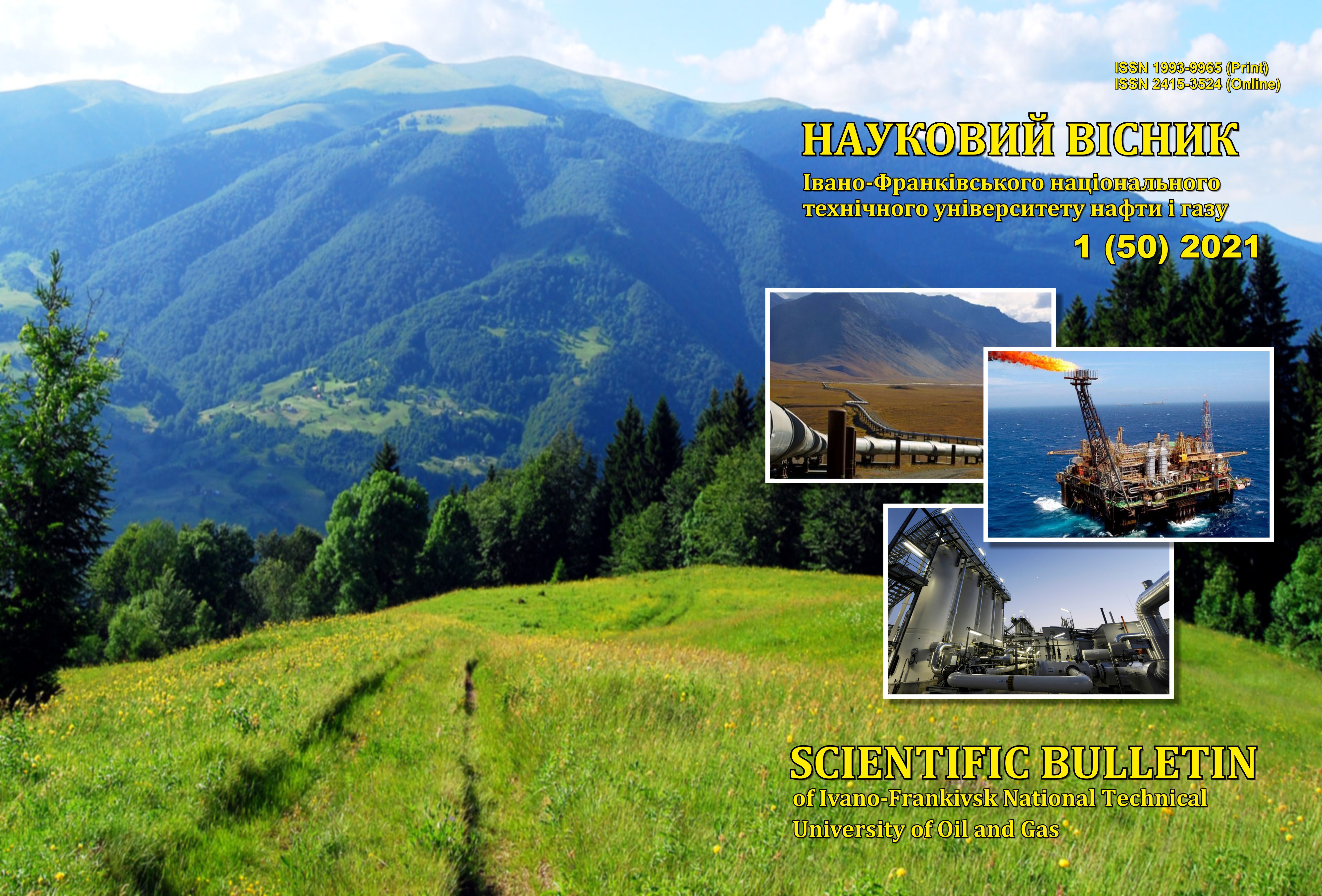The research for the influence of properties of punch material on performance and productivity of cold sheet stamping
DOI:
https://doi.org/10.31471/1993-9965-2021-1(50)-16-25Keywords:
die; punch; part quality; productivity; stress-strain state; stability; finite element method.Abstract
After analyzing the main trends, it was found that sheet metal stamping is widely used in many fields of mechanical engineering. And the destruction of the working parts of the stamp in serial or mass production significantly affects productivity. In the course of work punches are exposed to high power loading therefore they are made of wear-resistant steel with the increased durability and hardenability. But like any tool with a long load, the punch and die are almost always accompanied by the combined action of two destructive processes - wear and fatigue, and the service life is limited by the number of strokes. The influence of the properties of the punch material by the finite element method for punching a hole made of sheet material on the stamps of cold sheet stamping is investigated in the work. The study was performed fifteen times for five different materials. The punch was subjected to a load from changes in sheet thickness where the maximum stresses of possible displacements as well as deformations were monitored. Having the character of influence on stability of the tool. During long-term operation of the stamp there is a large concentration of stresses in the weakest zone of the punch, which causes the lower part to wrinkle, which creates forces acting on the axis of the punch. Such deformations usually lead to a reduction on one side of the gap between the punch and the die and encourage an increase in friction forces. The gaps that depend on the mechanical properties and thickness of the material, as well as the mode of operation of the press - the number of double strokes of the slider per minute. The dependence of the influence of the material of the punch and the gap between the punch and the matrix on the quality of parts and the performance of the stamp is considered. The maximum possible number of punches was determined, the calculation and analytical analysis of the tool stability from material change to sheet thickness was performed. As well as stability depending on the hardness of the tool material. The obtained research results were analyzed, substantiated and described in this article, as well as recommended to use the influence of the properties of the material of the punch in the design of dies.
Downloads
References
Romanovskiy V. P. Spravochnik po holodnoy shtampovke. L.: Mashinostroenie, Leningr. otd-nie, 1979. 520 p. [in Russian]
Karpyk R. T., Kostiuk N. O. Osnovy proektuvannia ta vyhotovlennia shtampiv i pres-formy. Chastyna III. Proektuvannia shtampiv dlia kholodnolystovoho shtampuvannia: navchalnyi posibnyk. Ivano-Frankivsk. IFNTUNH, 2019. 271 p. [in Ukrainian]
Bokov V. M. Konstruiuvannia ta vyhotovlennia shtampiv. Shtamp yak obiekt proektuvannia. Kirovohrad: Polihrafichno-vydavnychyi TOV «Imeks LTD», 2005. 216 p. [in Ukrainian]
Zubtsov M. E. Listovaya shtampovka: Uchebnik dlya studentov vuzov, obuchayuschihsya po spetsialnosti «Mashinyi i tehnologiya obrabotki metallov davleniem». L.: Mashinostroenie, Leningr. otd-nie, 1980. 432 p. [in Russian]
Kuhtarov V. I. Holodnaya shtampovka. M.: Mashgiz, 1962. 403 p. [in Russian]
Spravochnik konstruktora shtampov: Listovaya shtampovka / Рod obsch. red. L. I. Rudmana. М.: Mashinostroenie. 1988. 496 p. [in Russian]
Zubtsov M. E. Stoykost shtampov. M.: Mashinostroenie, 1971. 200 p. [in Russian]
RTM 34-65. Shtampyi dlya holodnoy listovoy shtampovki. Raschetyi i konstruirovanie. M.: Izd-vo standartov, 1966. 270 p. [in Russian]
Topolyanskiy P. A., Ermakov S. A. Mnogokratnoe povyishenie stoykosti vyirubnyih shtampov. Mat. nauch.-tehn. seminara «Instrument i tehnologicheskaya osnastka: metodyi povyshe-niya effektivnosti» (Sankt-Peterburg, 26–28 marta 2002). Sankt-Peterburg, 2002. P. 24–28. [in Russian]
Tretyakov A. V., Zyuzin V. I. Mehanicheskie svoystva metallov i splavov pri obrabotke davleniem. M.: Metallurgiya, 1973. 224 p. [in Russian]
Pitulei L. D., Karpyk R. T. Tekhnolohichni faktory vplyvu na teplofizychni protsesy formoutvorennia kompozytsiinykh zubkiv burovoho instrumentu. Perspective of science and education. Proceedings of the 8th International youth confe-rence. SLOWOWORD, New York, USA, 2019. P. 12-17. [in Ukrainian]
Yudin L. G. Holodnaya shtampovka: Konspekt lektsiy. Mashinyi i tehnologiya obrabotka metallov davleniem ochnoy formyi obucheniya. Tula: Tulskiy gosudarstvennyiy universitet, 2005. 210 p. [in Russian]
Boiko M. V., Velyka O. T., Liaskovska S. Ye., Velykyi N. Doslidzhennia napruzheno-deformovanoho stanu ta optymizatsiia heometry-chnykh parametriv vyrubnoho puansona. Naukovyi visnyk NLTU Ukrainy. 2018, T. 28, No 5. P. 101–105. [in Ukrainian]
Buryikin V. V. Tehnologicheskie metodyi povyisheniya dolgovechnosti shtampovochnoy osnastki. Protsesi mehanichnoyi obrobki v mashinobuduvanni. 2009. Vol. 7. P. 26–36. [in Russian]
Downloads
Published
How to Cite
Issue
Section
License
Авторські права....


1.png)

















